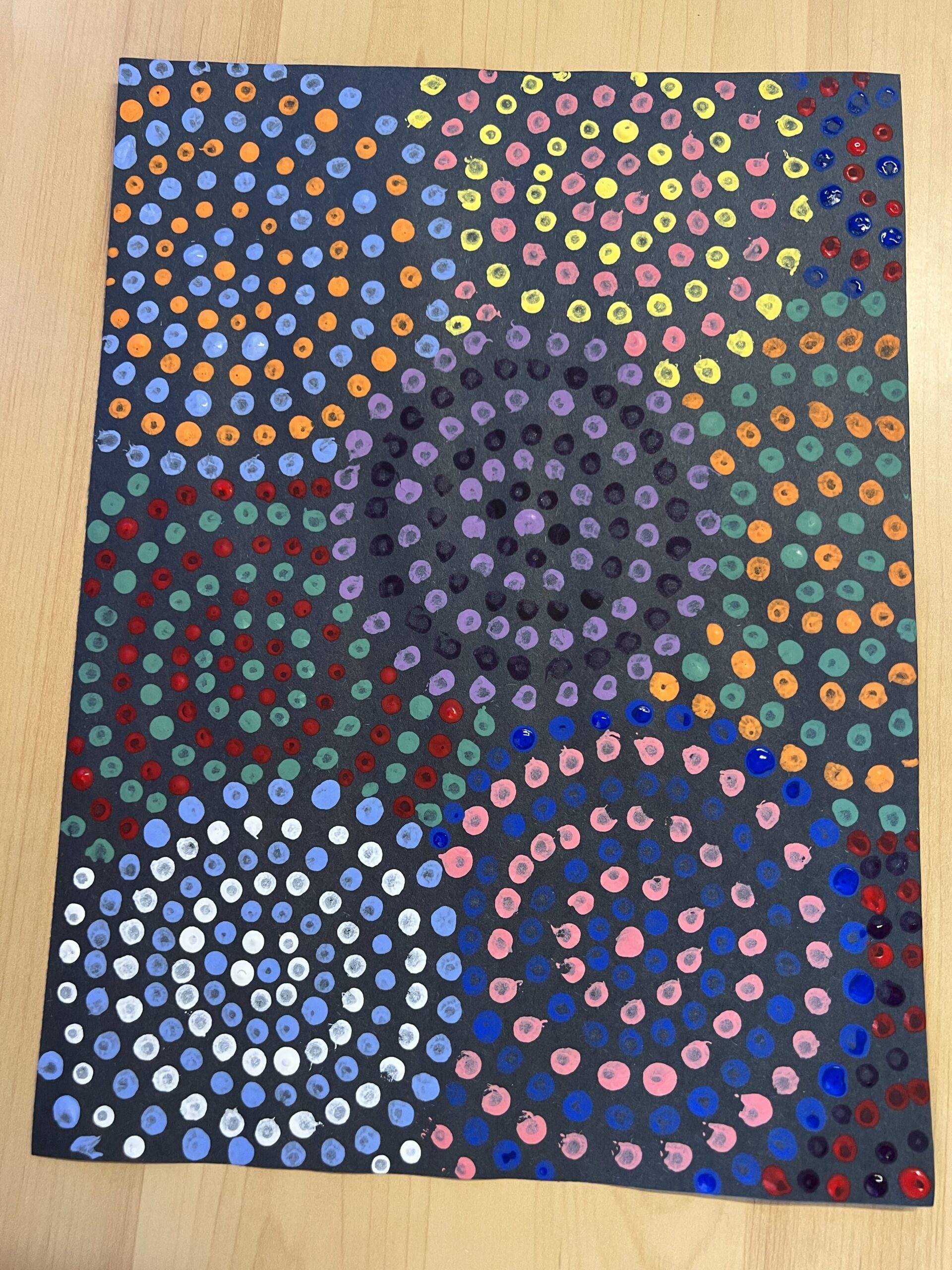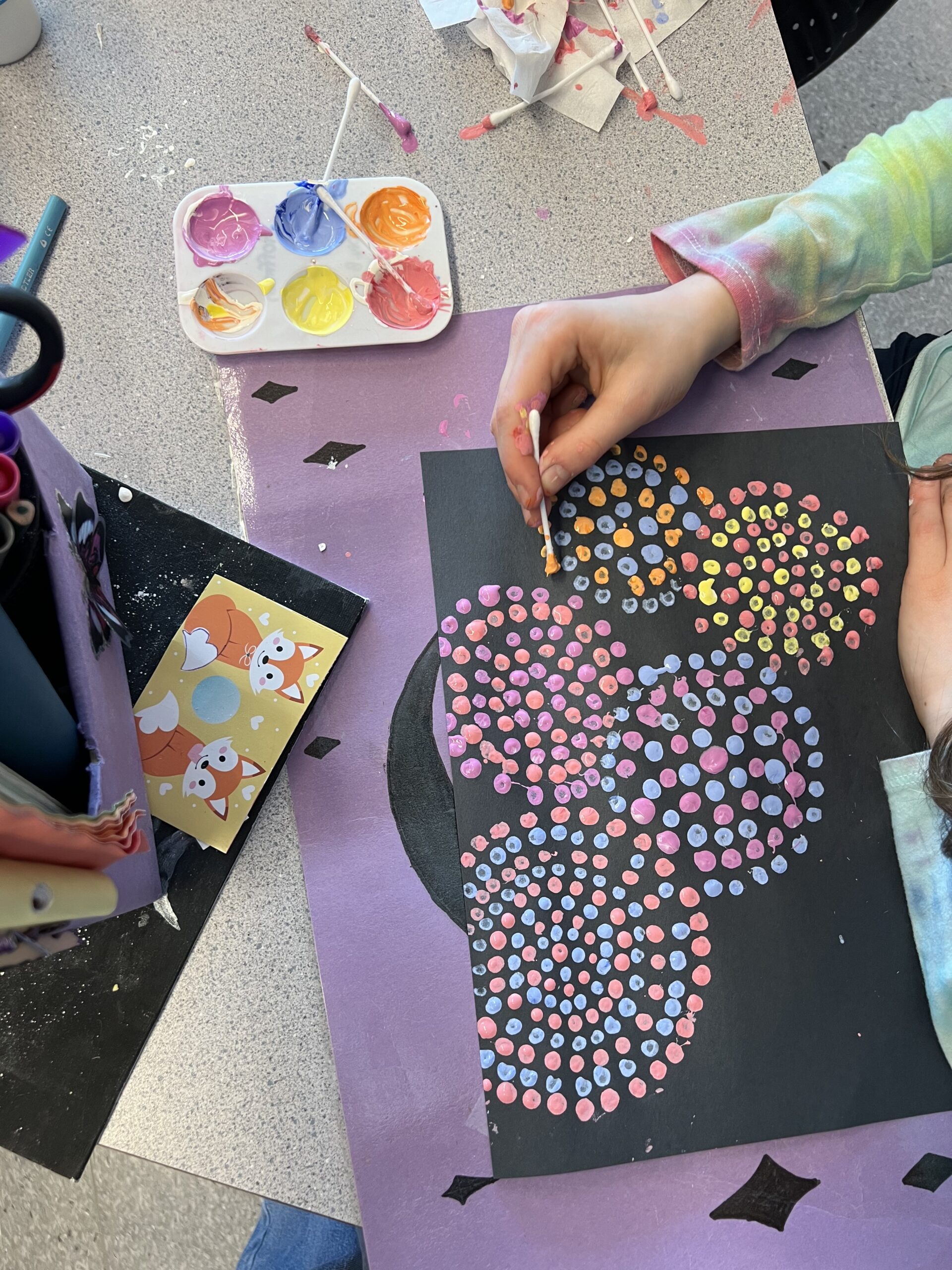As a teacher, I believe it is our job to come prepared and have a “game plan” each day that we come to work. It is our job to teach our students to the best of our ability and allow them to have a fulfilling day of learning. As much as I myself love to be organized and have things laid out perfectly, I know that being well planned and organized may not always pan out like we may want it too, and that’s okay! We may think that we have an amazing lesson planned and prepped, ready to go but in reality it may not always work out and we as teachers need to recognize these moments to adapt and allow for change.
When planning, we as teachers need to keep a few things in mind for the best success of our students. We need to be aware of our students capabilities, being mindful of exceptionalities in the classroom, allowing for educational growth within the students, needs and limitations, and overall being mindful of the demographic of the classroom. When planning for lessons, it is crucial to always have the students come first when planning.
Lesson One:
In my first practicum, I was placed in a Grade 4-7 classroom where there were some behaviours, a student that was blind, and a few lower academic students. Keeping these things in mind, I knew I had to plan for inclusivity and diversity within the classroom. With the one particular student being blind, I knew that my lesson would need to be planned according to their needs, which was having dark shadows / shades incorporated into my lesson. With having that in mind, I chose to do a “Pi Day” Circle Art lesson. Students would have 1 piece of black construction paper, various colours of paint (the students with visual impairment was given various shades of paint, such as dark grey, grey, and white) and 10 Q-Tips each. Students would then follow directions to create the circle art to create something along the lines of the image posted below. Students LOVED this activity as it tied in with our Pi Day math lessons but was a creative way to look at circles. Students had freedom in their colour selection, the amount of circles that they wanted to create, the patterns they came up with, and the size of the circles they created. It was such a fun activity that all students were able to participate in, with a few modifications.


This standard will be a “work in progress” as I intend to include various lessons that I have done to show inclusivity and inspiration for the teacher community to allow for ideas when planning for diversity in the classroom.